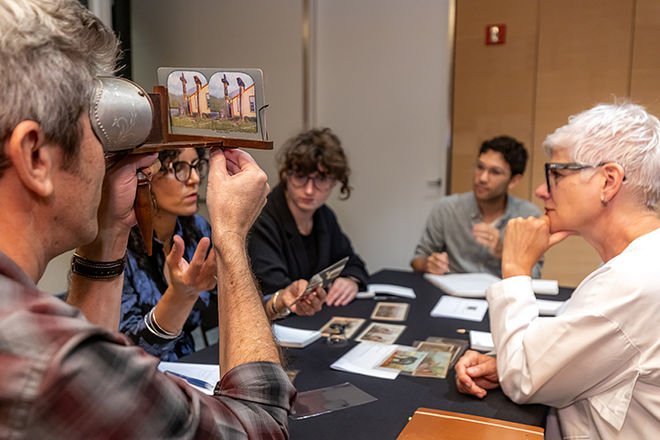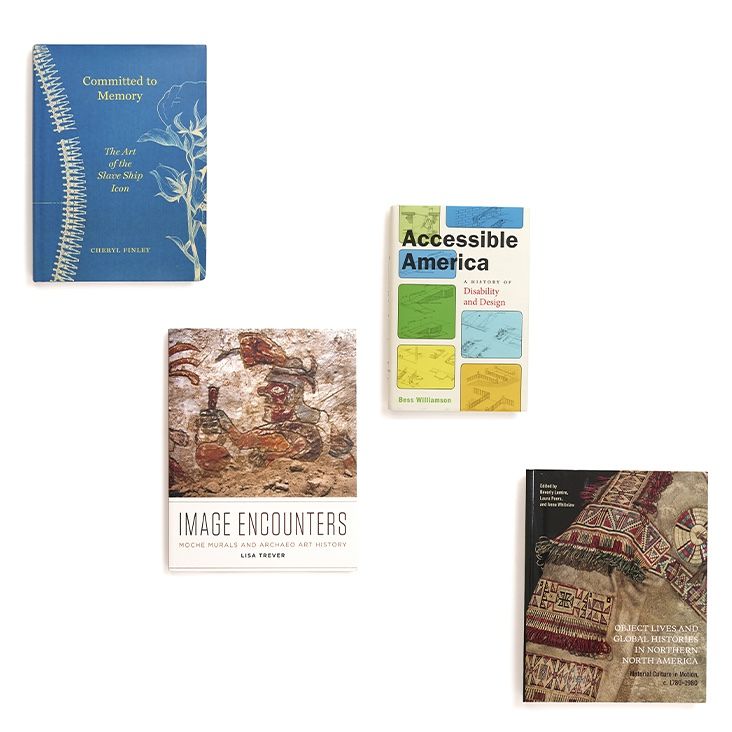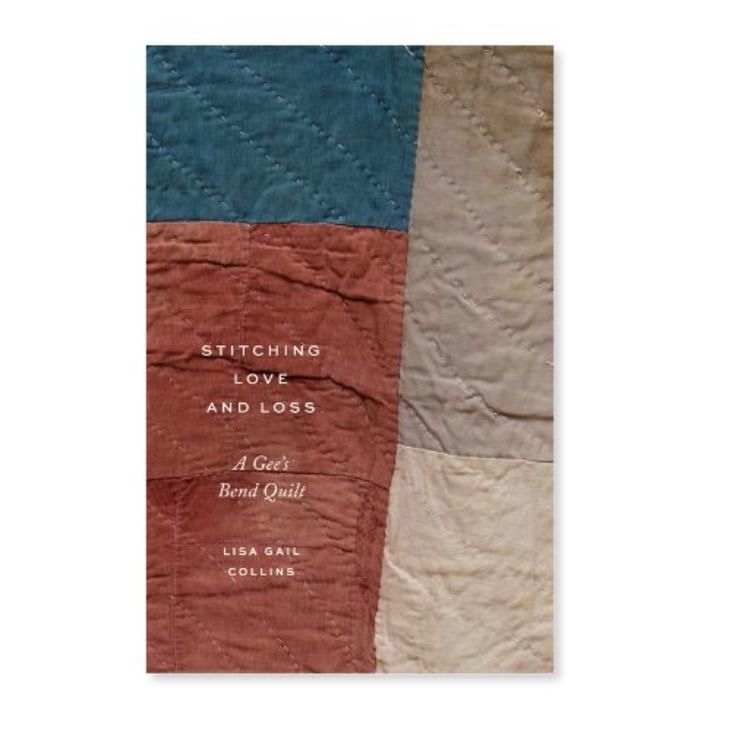Following our “Extreme Conservation Symposium” (convened March 20, 2015), we asked each presenter to share one idea from his or her presentation in short form on this blog. We are grateful for this opportunity to continue thinking through their groundbreaking work.
It is imperative to raise awareness of the role and importance of the preservation of cultural heritage in general and as an aspect of the museum’s mission, including the expertise, time and resources that are necessary to commit.
Over the course of the last decade, the Boston Museum of Fine Arts has endeavored to make conservation of artworks a part of its public programming. These public conservation projects or programs are meant to engage the public on multiple levels. Information on the physical properties of objects and their manufacture in the form of didactic text provides context that is not usually included in gallery display. Daily updates on whiteboards guide visitors through the conservation process, and conservators conceive and design treatments to actively perform for a viewing audience.
Information about the preparation, creation, and conservation of artwork is necessary to complete the story of the history of art and for informing individual artworks. Explaining and sharing background on materials and techniques, as well as insight into the history and decision-making of art conservation, is essential to general discourse and needs to be provided to the viewing public in the museum setting. The inclusion of such information illustrates that works of art are not static through the course of history, but are living entities that change over time and were, can be, and need to be acted upon.
Incorporating the act of conservation and the physical conservation space into museum programming and galleries is a primary and necessary step in the understanding of art, the integration of the sciences and the humanities, and the evolution of the museum as a promoter of critical thought.
Matthew Siegal is Chair of Conservation and Collections Management at the Museum of Fine Arts, Boston.














